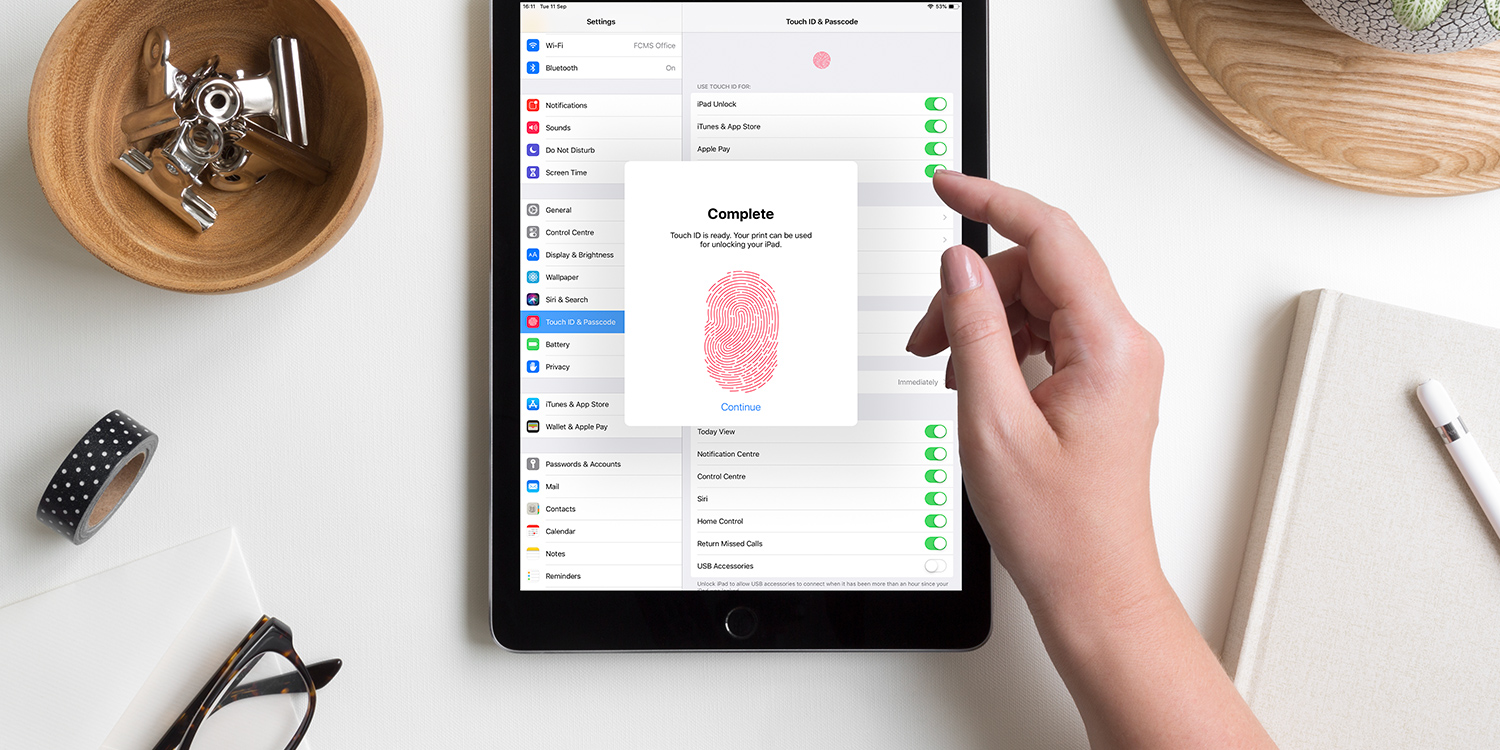Face ID is no longer enough in an age of COVID
People are notoriously bad at taking personal digital security seriously. Every year, we see lists of common passwords, which include gems such as ‘123456’, ‘qwerty’ and the classic ‘password1’. Password re-use and easily decoded password systems (such as people always using the same first part and then adding a service’s name) are commonplace, which means if an automated bot or actual human manages to crack one of your accounts, it gains access to them all.
Apple has for years broadly attempted to relieve you of these responsibilities by way of a combination of software and hardware. On the software side, its operating systems automate the process of complex password creation for individual services and websites, and securely sync these details across devices. Authentication is biometric in nature, requiring you to be present when signing in or making a payment.
You’ve got the touch
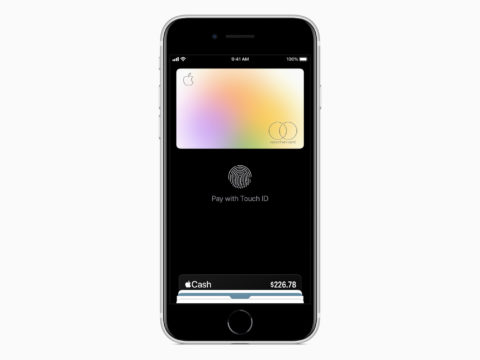
Touch ID was the first system of this kind from Apple, smartly integrating fingerprint recognition into your device’s Home button. Due to a thorough examination of your digit during set-up, the system proved reliable and robust – and avoided being awkward and finicky. That said, it was not without problems. There were cases where people might make accidental payments by resting a thumb on the Home button when exploring IAPs within an app or game. Additionally, wet fingers flummoxed the system and gloves were right out.
But the biggest problem for Apple’s implementation of fingerprint recognition was in it being reliant on the Home button. When Apple radically redesigned iPhone for its 10th anniversary, the Home button was eliminated. There was suddenly no place for Touch ID. Apple’s solution was to switch to facial recognition. Face ID subsequently (albeit slowly) rolled out across its other mobile devices and can now be found on almost all currently available iPhones and every iPad apart from the entry-level model.
Face off
The success of Face ID is notable in part because it bucks an industry trend. Android devices started to include broadly equivalent functionality but frequently lacked the same level of security as Apple’s solution. There would be horror stories about phones being unlocked by a photo of a device’s owner – and warnings were displayed on some handsets regarding the relative weakness of the system prior to use. By contrast, Apple’s Face ID utilizes a 3D model of your face, making ‘hacking’ it insanely difficult.
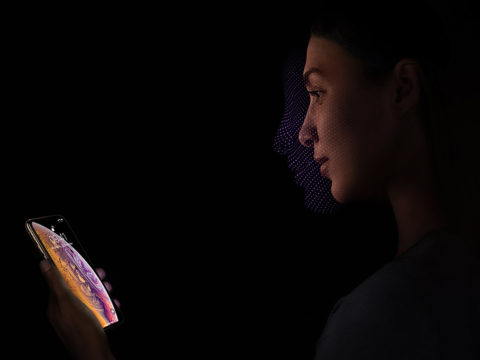
However, as we’re now aware, there has been a big downside to Apple going all-in with facial recognition: COVID. This is because lots of people now wear masks in public and Face ID cannot see through them. The result is having to revert to unlocking your iPhone manually by way of a passcode. This brings us back to aforementioned concerns regarding personal digital security, but it also makes the iPhone experience more awkward.
Put on a brave face
Over in Android land, COVID has been less of an issue, because few hardware manufacturers bet everything on facial recognition. Instead, they evolved fingerprint-based security. You’ll now often find Android smartphones that bake fingerprint recognition directly into the display, thereby neatly getting around the lack of a large button on modern ‘all screen’ smartphones. Suddenly, Apple finds itself at a disadvantage.
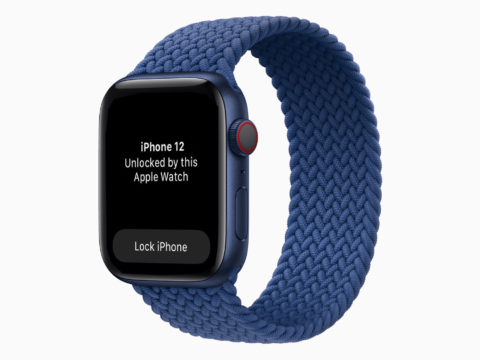
There are, however, three potential solutions available to the company. The most immediate requires the user have access to an Apple Watch. As of iOS 14.5 and watchOS 7.4, you’ll be able to allow your iPhone to unlock when you’re wearing a mask if your Apple Watch is also being worn at the time. This is great if you own an Apple Watch – but obviously isn’t going to help you if that’s not the case.
Lock to the future
Any more readily accessible option will require Apple to adjust its hardware to once again incorporate Touch ID. This already happened with the 2020 iPad Air, which unlike the iPad Pro lacks Face ID and instead integrates Touch ID into the power button. Alternatively, Apple could riff off Android devices and place a fingerprint sensor within the iPhone’s screen.
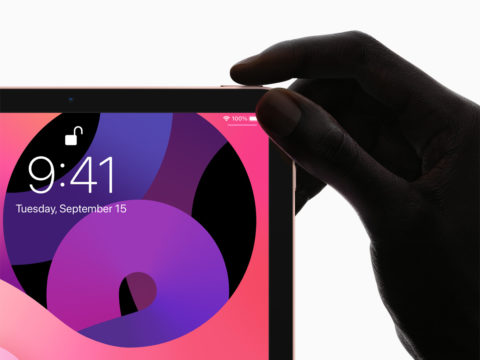
The first of those solutions is a better bet. It’s elegant and provides a clear target for your digit; moreover, Apple has the technology in place and it works. Although given that people might have grown used to holding their iPhone with a finger near or on the power button, Apple would have to ensure sufficient safeguards were in place for Touch ID payments. And regardless of the solution Apple chooses, there are cost implications in adding a second biometric security option to the iPhone.
Still, Apple’s never been about keeping prices down, and if upcoming iPhones have Face ID and Touch ID, that’s going to be beneficial to countless people in pure usability terms – although maybe not to their bank accounts.
